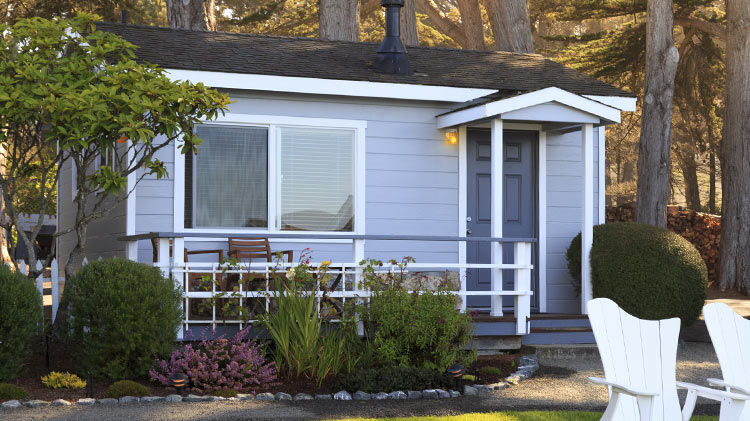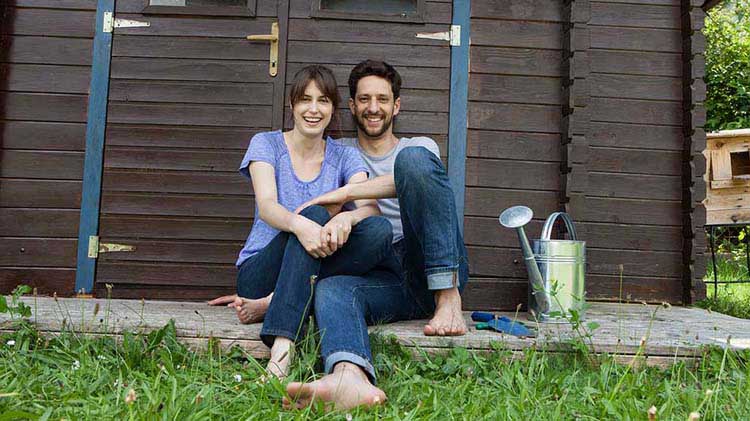Top reasons to add an accessory dwelling unit to your home
Look at the rising trend of accessory dwelling units and check out tips to help you decide if one of these small homes is right for your big plans.
What is an accessory dwelling unit (ADU)?
An accessory dwelling unit, or ADU, is a smaller house or apartment that shares the building lot of a larger, primary house. They are also commonly referred to as granny flats, in-law units or casitas. Their design can vary – from a converted garage or basement to a backyard cottage or a loft above a garage.
Economical in size and cost
One of the most attractive features of ADUs is their size. These micro-dwellings don't take up much space, making them ideal for urban areas where real estate is at a premium. But it's not just the physical space that's economical. Constructing an ADU can be significantly less expensive than buying a larger home or moving to a new property altogether.
Why consider an ADU?
Even if you're not currently facing changes in the number of people living with you, there are several reasons why adding an ADU to your property might be beneficial:
- Rental income. An ADU can serve as a lucrative rental unit, offering homeowners an additional stream of income.
- Increased property value. Adding a secondary dwelling can boost your property's overall value.
- Flexible living arrangements. ADUs can accommodate visiting guests, college-going young adults or elderly parents.
- Sustainability. With their smaller footprint, ADUs often use fewer resources to build and maintain.
- Work from home space. For remote workers, an ADU can serve as a quiet, dedicated workspace.
The ADU trend: beyond family needs
While the immediate thought around ADUs often revolves around housing aging parents or returning adult children, the ADU extends far beyond family. Urban areas faced with housing shortages are now looking at ADUs as potential solutions. By adding more living spaces on existing properties, cities can efficiently increase housing without the need for larger development projects.
Taking advantage of the ADU trend
If the idea of an ADU intrigues you, here's how you can get started:
- Research local regulations. Before you dive in, familiarize yourself with local zoning laws, ordinances and building codes related to ADUs.
- Consider your needs. Is this for family, rental income or personal use? Design accordingly.
- Hire professionals. From architects to builders, acquire a team that understands ADUs.
- Consider financing options. Some areas offer special financing or incentives for ADU construction, so look at your options.
Small but mighty
Accessory dwelling units are no longer just a “tiny house” in your backyard. They represent flexibility for your life, and the evolution of modern housing needs. Whether you're preparing for your in-laws, seeking an additional income source, or just wanting a separate space, the ADU trend is worth exploring.
If you decide to add an ADU, take time to discuss your homeowners insurance needs with your local insurance agent.




